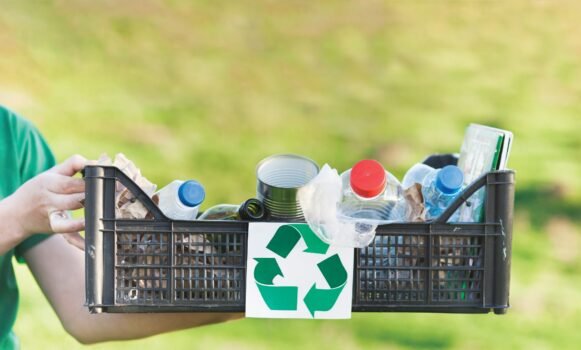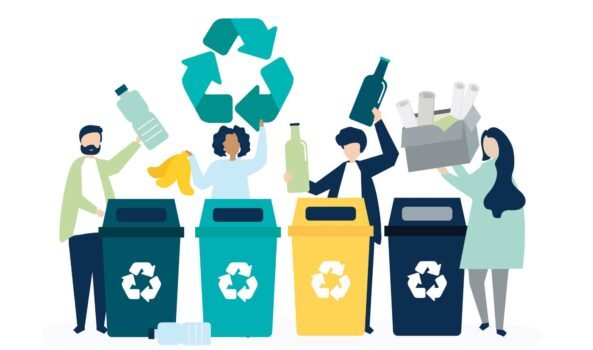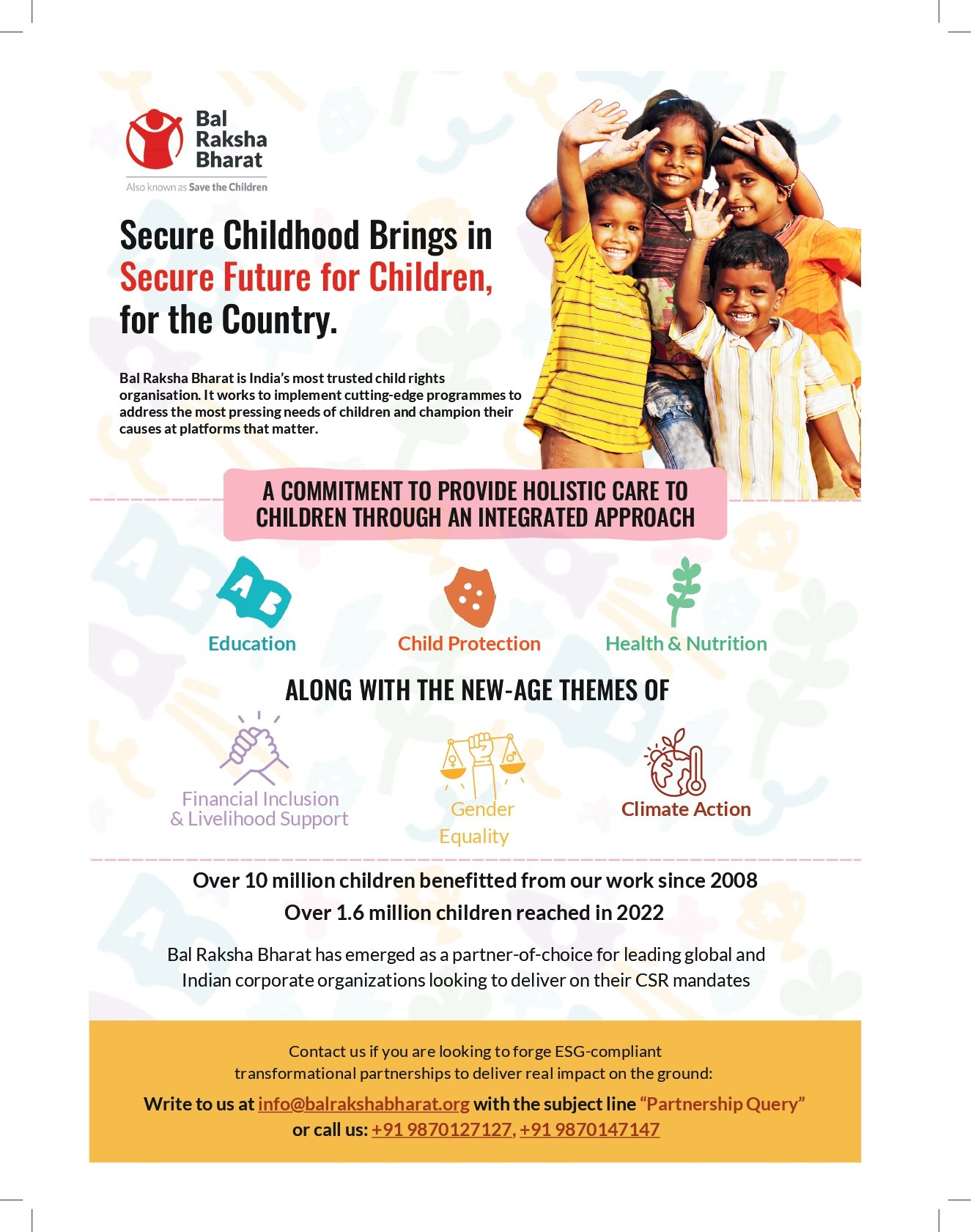
Electronic or e-waste is made up of discarded electric appliances. A study reveals that 50-60 million tons of e-waste are generated each year, which makes up only 2-3%of the annual global waste. Although the percentage is small, it is large enough to cause considerable damage to human health and the environment.
This type of waste is a potential hazard much riskier than all other types of waste combined. The toxic materials present in e-waste namely, lead, beryllium, and cadmium, once exposed to strong UV radiation or corrosion because of physical or chemical reasons are capable of releasing toxic materials into the atmosphere.
These toxins can find their way into the soil, water, and water bodies causing serious health concerns for the inhabitants of that particular area. Recycling e-waste comes with a host of benefits. A recap of a few important ones would be:
- The conservation of natural resources
- Reduction of greenhouse gas emissions
- The Prevention of environmental and health hazards
- The valuable metals like gold, silver, copper, and plastic contained in electronic devices can be recycled to make new products.
Awareness of the dangers posed by e-waste must dawn on the people so that they stop dumping their e-waste into garbage bins. Large electronic devices like refrigerators, televisions, and other similar electronic items must be responsibly disposed of by contacting any agencies or government or private organizations that offer such services. They extract the useful and valuable parts for a second time use separate the harmful parts and arrange the disposal of the rest.
The process of e-waste recycling is an important contributor to reducing man-made pollution. The valuable materials are extracted after the e-waste is shredded into minute pieces and these can then be reused in new electronic appliances. The electronic recycling industry is faced with many challenges that are posing roadblocks in its journey of scaling up.

The Recycling of e-waste protects human health and the environment. Some electronic gadgets are made from nonrenewable resources the recycling of which has economic benefits. The price of Lithium which is a nonrenewable but common mineral for example is at an all-time high. Lithium although used in many industries is commonly used in producing electric vehicles and rechargeable batteries. The demand and its supply however could not keep pace and it is always scarce and difficult to obtain. Recycling these may just be the answer to tackle its’ pressing demand.
The process of e-waste recycling is a complicated one and very different from conventional waste recycling. Tracing the process briefly begins with manual sorting. It is then collected and taken to the recycling facilities where workers sort it out on the categories of e-waste based on the models and types. Then follows a thorough inspection and examination.
The parts that are useful and functional are then extracted for reuse. The individual parts can either be sold or combined to form a new electronic gadget. The e-waste that cannot be used is sent for recycling.
A large machine shreds the e-waste thrown into it and before that, it goes through the de-manufacturing process. In this process, all the hazardous parts are removed so that the machine and environment are not contaminated once they are disposed into the landfills. This important step needs very skillful workers to perform it. After shredding, metals that are valuable parts are separated. Manual sorting can be avoided because the giant magnets fitted in the machines will attract all the ferromagnetic materials.
Water is then used to separate waste. The leftover nonmagnetic materials go through another machine that is filled with water, and materials like plastic will float and other materials like glass that have low relative density will sink. The current challenges being faced by the recycling industry are – that the current electronic devices are not recycling-friendly and not designed for that. Gadgets like smartphones now don’t come with removable batteries.
Recycling then becomes more difficult and labor-intensive. The other challenge is the process of manual sorting exposes workers to the risk of toxins. The other aspect is that the machines used for recycling need to be constantly upgraded to keep pace with the new technology and gadgets being introduced.
Currently, only 10 out of 60 chemical elements present in e-waste can be recycled mechanically. There are many other problems too need to be addressed and that come in the way of e-waste recycling. A specific look at the statistics in India reveals that the collection and processing of e-waste in India has increased by four times in four years. The informal sector accounts for handling 95% of the e-waste illegally.
The informal waste pickers are known as “kabadiwalas” and they do not follow environmental standards. They are not trained or educated enough to understand that the material they burn cannot be recycled or diverted to landfills. They unknowingly create severe environmental damage and contribute heavily to health hazards.
The recyclers from the informal sector employ rudimentary recycling techniques, as a result of which toxic pollutants are released into the environment. This poses extreme and high risk to the environment and human health. A survey reveals that India comes after the United States and China as the world’s largest e-waste producer. It produces 3.23 million tons a year (source: Wikipedia.) According to CPCB plastic waste generation is increasing by 3% every year and e-waste is even higher, registering a 31% increase.



































